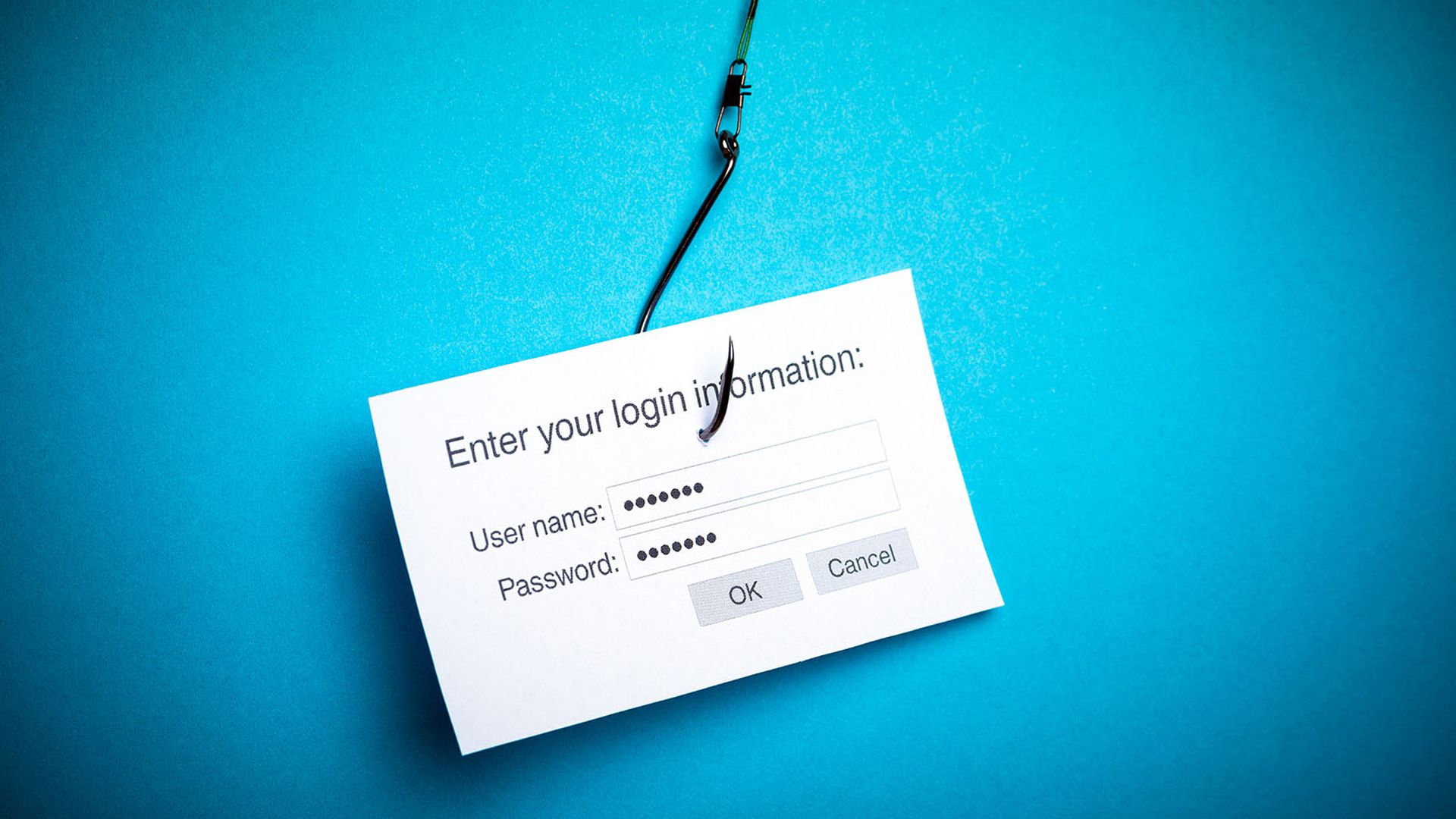Phishing, Application security, Threat Intelligence, Identity
Microsoft promises to act as Teams continues to get pummeled by phishing attacks

Dropping malicious payloads via Teams messages has become an increasingly popular attack vector for threat actors in recent months. (Photo Illustration by Mateusz Slodkowski/SOPA Images/LightRocket via Getty Images)
Microsoft said it planned to roll out new — but unspecified — anti-phishing defenses for Teams users as it revealed another threat actor was targeting the platform.Dropping malicious payloads via Teams messages has become an increasingly popular attack vector for threat actors in recent months. Microsoft said it had taken a number of steps to mitigate the attacks and would continue to do so.In a Sept. 12 post, the company’s threat intelligence team said a group it tracks as Storm-0324 began sending Teams messages containing malicious links in July, most likely taking advantage of a newly available red-teaming tool called TeamsPhisher.TeamPhisher automates the sending of a malicious payload, which appears as a downloadable file, to multiple Teams users’ inboxes.Microsoft said Storm-0324, which overlapped with threat groups tracked as TA543 and Sagrid, managed a malware distribution chain, sending other attackers’ payloads using phishing messages and exploit kits. They are known for using traffic distribution systems such as BlackTDS to evade detection.Storm-0324 also spreads JSSLoader malware, which is used by ransomware gang FIN7 (also known as Sangria Tempest, Elbrus and Carbon Spider). Storm-0324 often lured victims with fictitious invoices and payment demands while impersonating services such as DocuSign and QuickBooks.“Users are ultimately redirected to a SharePoint-hosted compressed file containing JavaScript that downloads the malicious DLL payload,” Microsoft said.The lure document was sometimes protected to make it appear more authentic.“By adding the security code or password in the initial communications to the user, the lure document may acquire an additional level of believability for the user. The password also serves as an effective anti-analysis measure because it requires user interaction after launch.”
An In-Depth Guide to Application Security
Get essential knowledge and practical strategies to fortify your applications.
Related Events
Get daily email updates
SC Media's daily must-read of the most current and pressing daily news
You can skip this ad in 5 seconds



